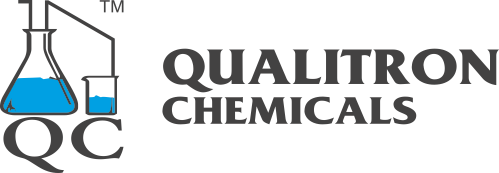Phthalocynaine Pigments for Plastic Application

PIGMENTS FOR PLASTICS – REQUIRED PROPERTIES
The ability to produce the desired optical effect in the plastic product is obviously a prime requirement. However, the pigment must also be capable of withstanding the effects of the environment in which they are placed, both in processing and in their anticipated useful lifetimes. A pigment will be selected for a particular application based on its technical performance but with due regard to toxicological considerations and, inevitably, cost.
Understanding the major performance properties of pigment in plastic applications is a core part before selection of the pigment and its process of pigmentation.
1. Weather Fastness / Weatherability / Aging of the Pigment
Exposure to weather where end product is to be kept can have adverse effects on the useful life of plastic products. This includes sunlight and artificial light as well as other weather properties. Consequently, polymers which are used outdoors frequently require UV protection and weather resistant pigments. The light stabilizer system must be considered together with the pigment formulation and the specified fastness criteria for the final product.
2. Light Fastness of the Pigment
Lightfastness is a property of a colourant such as dye or pigment that describes its resistance to fading when exposed to light. Light Fastness is a measure of the colour fastness of a plastic article when used in indoor applications (UV light exposure without direct Water contact). If a pigment has good Light Fastness, it does not always mean that it has good weather fastness.
3. Optical Properties of the Pigment
The optical properties of the pigment are the results of combination of two effects arising from the way they interact with the visible light: Absorption and Scattering. High transparency in a plastic material requires the absence of light scattering centres either within the structure of the polymer itself or as a result of additives present within. So, the optical property of the pigment is important for opacity and transparency of the product.
4. Warping of the Pigment
Crystallization of the polymer pigmentation is crucial factor for the final properties of plastics. This includes mainly the degree of crystallinity and speed of crystallization. Organic pigments are known to influence these parameters during the cooling phase of plastic processing, particularly in HDPE injection moulding. Typical applications where this effect becomes important are containers, crates, and caps & closures. Pigments can be divided into three groups, depending on their influence on the shrinkage of HDPE injection moulding systems. If distortion occurs shows warping, warpage-reducing agents should be used during the pigmentation of the polymer of plastics.
5. Particle Size and Size Distribution
For any type of pigment and pigmentation process, performance depends on chemical structures, surface properties of pigment particles and additives, crystallinity, and particle size & size distribution. For inorganic pigments, properties such as easy dispersion, heat stability, light fastness, weather fastness, opacity, solubility, and weak migration tendency are the positive factors for pigmentation of plastics.
Pigments Products | Pigment for Plastics | Pigment for EVA Rubber | Pigment for PU | Phthalocyanine Pigments | Chrome Pigments



